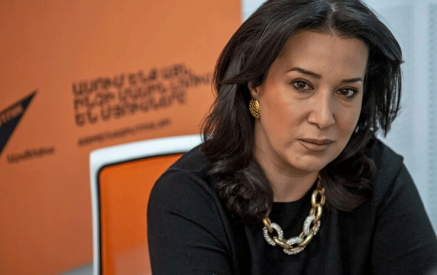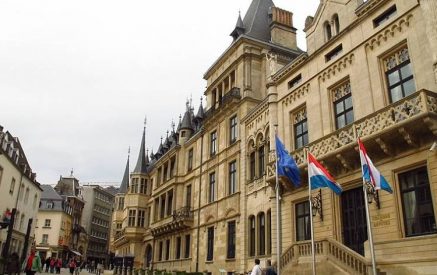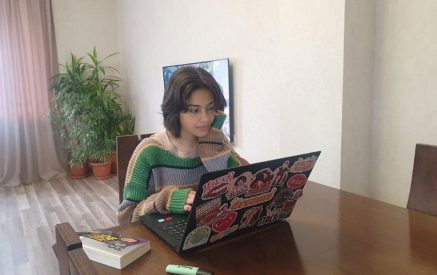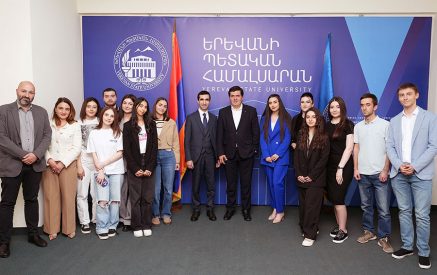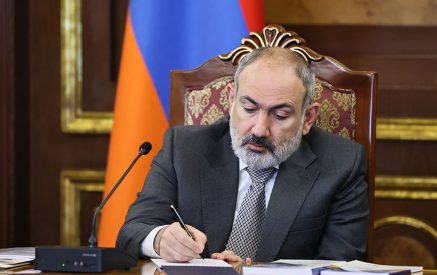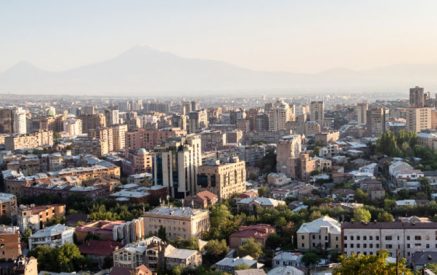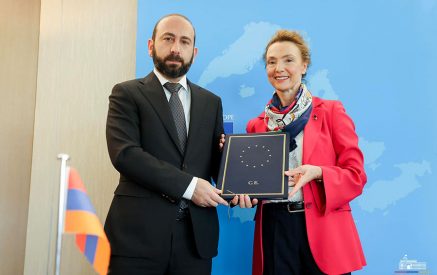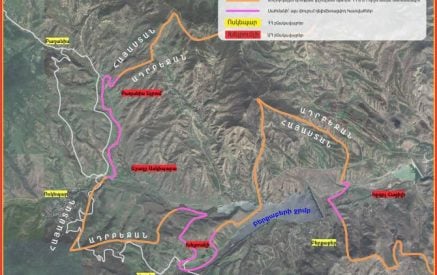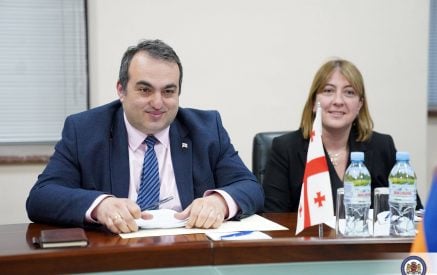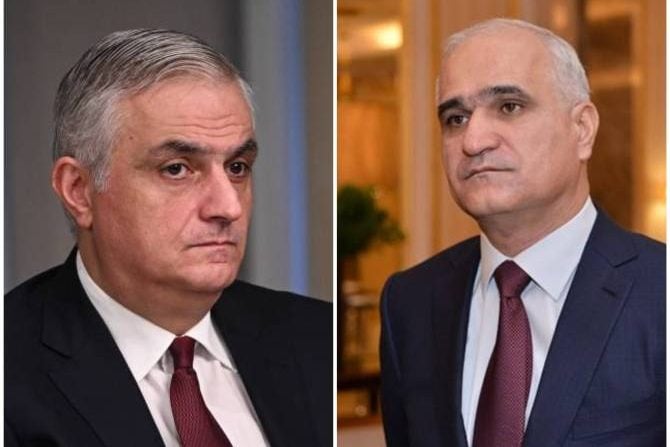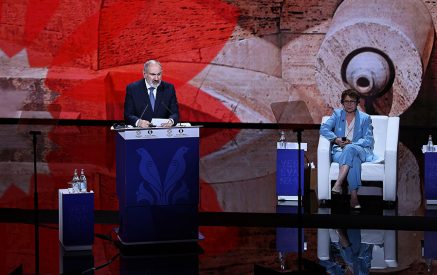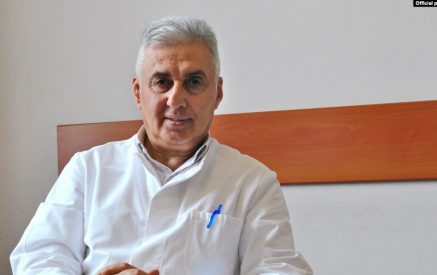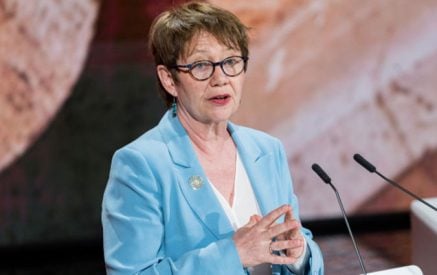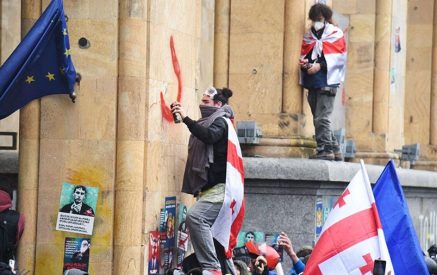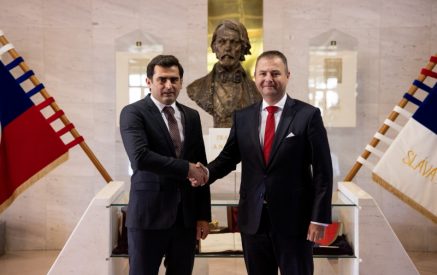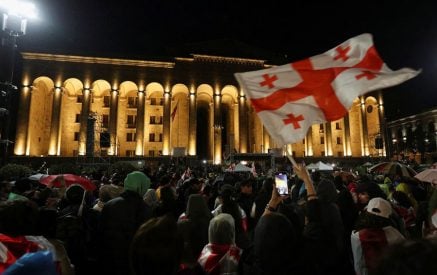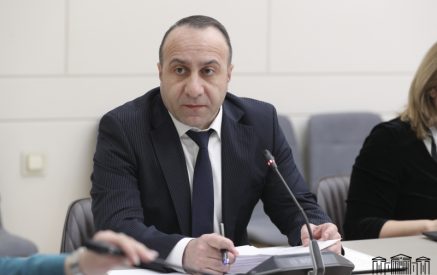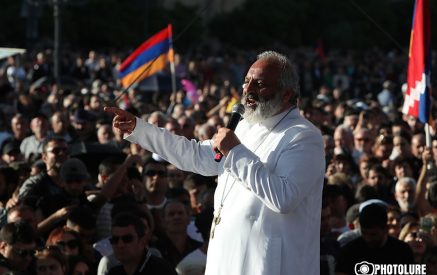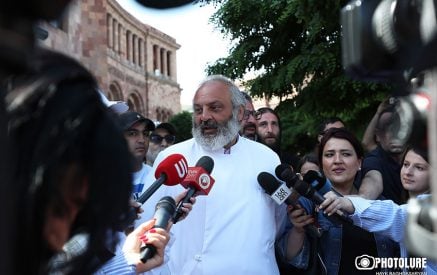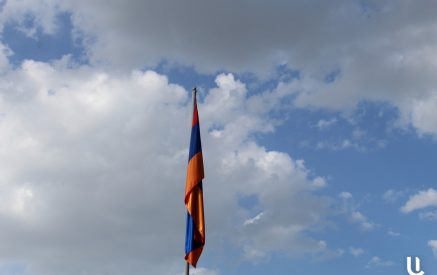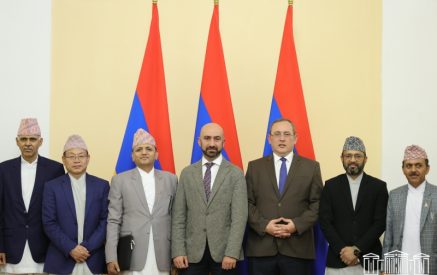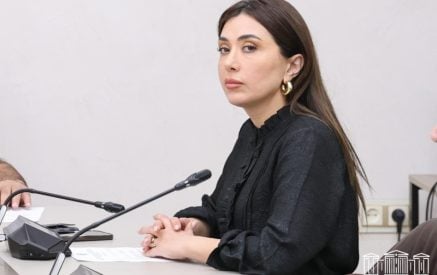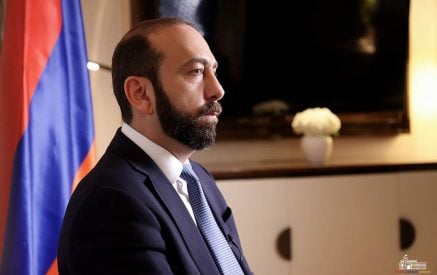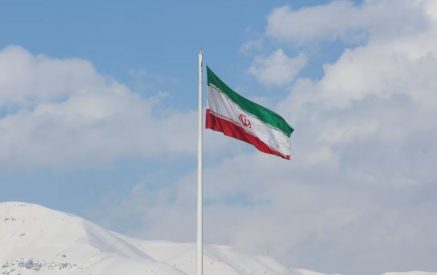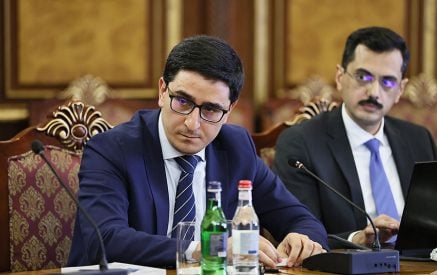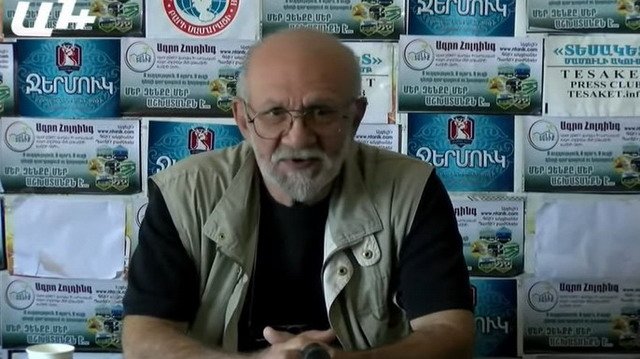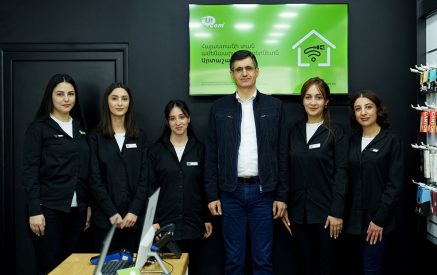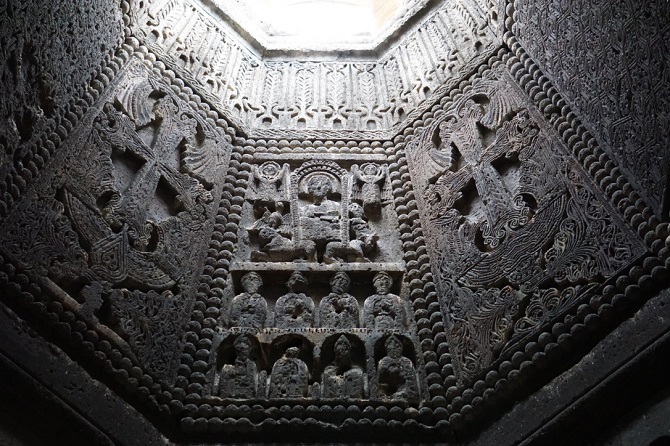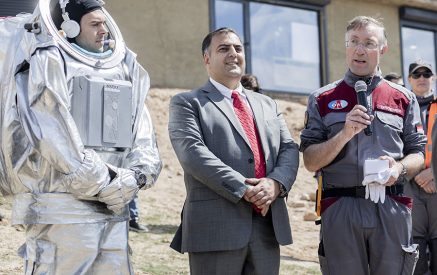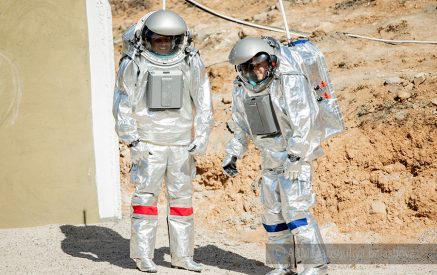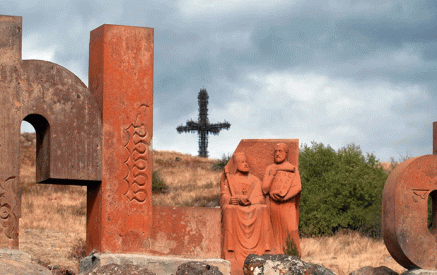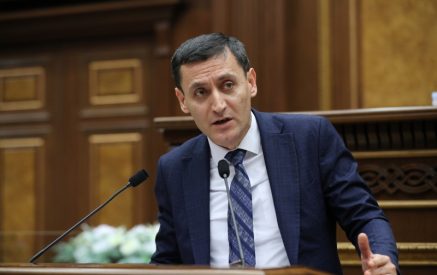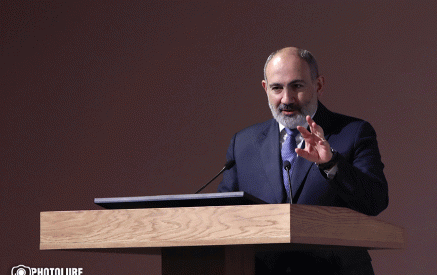“The developments in Artashat are taking place in two directions: the research conducted since 1970, which only God knows how long will continue due to the size of the monument and its importance, and the maintenance of the monument, which becomes more urgent as time goes on,” Mkrtich Zardaryan, the head of the Department of Archaeology of Ancient Armenia at the Institute of Archaeology and Ethnography and the head of the Artashat excavation expedition, said during a press conference at the Tesaket press club.
According to the archaeologist, “Artashat was founded in the 2nd century BC under the rule of Artashes I, and it lasted as the capital city until the mid-5th century BC, which is simply how old it is as the capital city. Regarding the archaeological monument, the history of Artashat as an ancient site is much older than its history as the capital. People began living in the area surrounding Artashat (Khor Virap’s hills and its surrounding valleys) around the 5th millennium BC and continued until the mid- to late-Bronze Age, the early Iron Age. Artashat was one of the largest Urartian cities, the foundations of which were found during excavations, and the monument is a sign of ancient Armenia’s most prosperous cities.”
The head of the Artashat excavation expedition said that the excavations began in the 1970s, and research is being conducted in the city in two areas constantly. “One is the so-called river district in the immediate vicinity of Araks and about 140 meters from the shores of Araks, where a district was founded in the middle of the 1st century AD during the Trdatian period. The expeditions in this area are carried out by the Institute of Archaeology and Ethnography. The second location is in the area of the so-called lower town on a small hill at the foot of the Khor Virap hill. Here, the studies are carried out within the framework of a joint Armenian-German expedition.
Regarding the first project, I must note that the opening district is an extremely interesting area where a large Roman bath with its mosaics, a heated double floor, and a complex water supply and drainage system have already been explored. In addition to the bath, a large hall, temple platform, city hall, and various other structures have already been discovered, including one decorated with colorful frescoes.
Read also
The materials are extremely interesting, and that district reveals an interesting time period in Artashat’s history where Roman culture had a significant influence on local culture. It was also accompanied by political and economic cooperation between Armenia and Rome.”
As for the second Armenian-German program, Mkrtich Zardaryan said that the research is being carried out in several directions, with the main archaeological excavations and geophysical studies being in the lower city of Artashat. Thanks to the latter, according to the specialist, it is possible to find out in advance what structures are underground. He added that almost 40 hectares of land in the Artashat valley has been studied for 2 years. The archaeologist said that the results are simply dazzling. “We knew from the excavations in the 1970s that all 15 hills in Artashat were densely built. Both residential and public buildings were located on these hills. The length of the gates around the hills alone is about 10 km.”
Gohar Hakobyan

